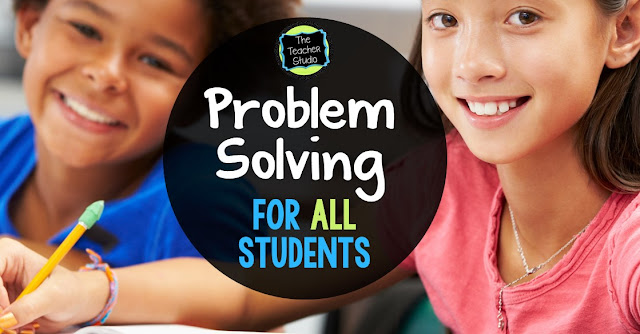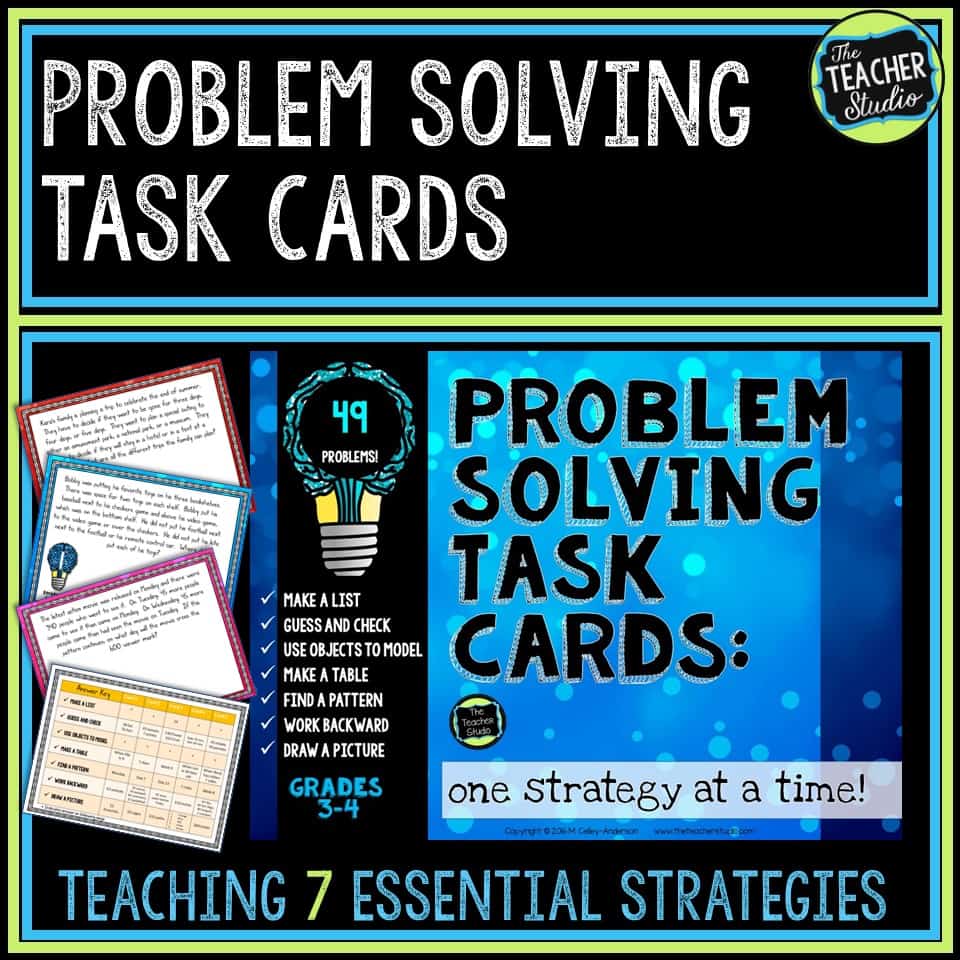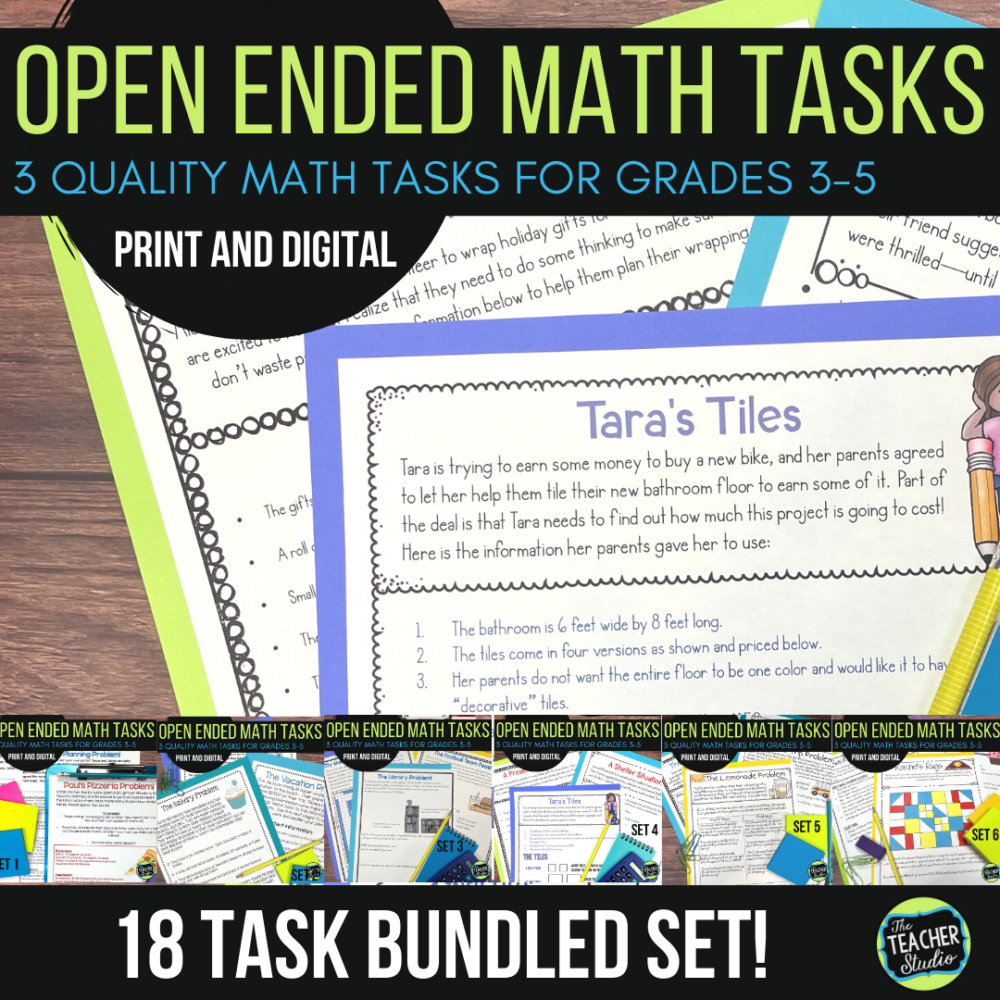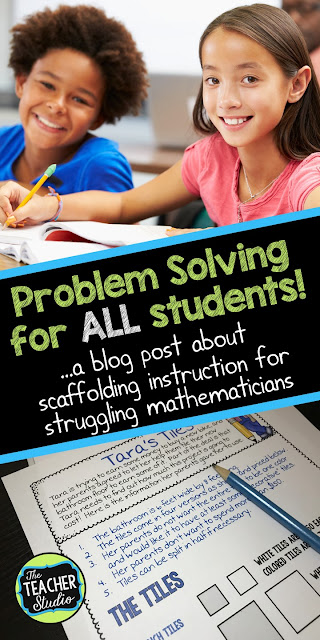Organizing Math Class Minutes
One thing that I really try to be mindful of when planning my math instruction is how I “spend” my minutes. There are some things I really try to minimize as I plan:
- Transition delays
- “correcting” things
- passing out/collecting materials
- filling out practice pages
- high-level problem solving
- math discourse
- small group teaching/coaching
- partner work
- open-ended tasks
You must agree!
“But my struggling students don’t even know their math facts!”
Agreed. Mine don’t either. That being said–problem-solving doesn’t require students to know their math facts–especially not quickly. If we withhold quality math tasks from our students until they know their facts…I think you know what will happen. #stillwaiting
“So what am I supposed to do to support ALL of my students so they can be successful?”
Plenty! I like to think of teaching as being like working in construction…construction workers need to have a host of skills, know how to use a variety of tools and know WHEN to use them. Same with us! Here are a few of those “tools” that can help us make these rigorous math tasks accessible to even our most struggling students.
Working Together
1. Explicitly teach students how to work together. I start this conversation from the very first day of school and hang up the chart we make together and refer to it OFTEN. We practice it often with short, simple tasks so they learn how to work together when it matters! By doing this, you can get creative with your pairs/trios for problem-solving–either by grouping students together with varied abilities to support each other OR “like-abilitied” students can work together and then get extra teaching coaching or a simplified list of expectations. Math is a collaborative activity, so it’s critical that they learn how to work well together! What a great way to spend our math minutes, right?
Make math tools available
2. Vary the “tools” you have available. If students struggle with computation, they may still be able to solve challenging problems when given tools…calculators, manipulatives, graph paper, number lines, and more. Here’s the deal. When we make these “tools” available to all students all the time, students can learn to access them when needed. When we pass out rulers and TELL students to use them, we are taking all the decision-making away from them. Have your materials accessible, teach them how to use them, and then–if students are struggling–gently encourage them to “find a tool” to help. You may even need to coach them on how to use them.
Spend some math minutes truly teaching problem solving and using math tasks
3. Teach problem-strategies explicitly. Just like teachers need tools in their “toolbox”, so do students! When we help give them strategies to try when faced with a problem, they are far more willing to dig in. One of the first things I talk to my students about is VISUALIZING. I’m not sure this is mentioned in any research anywhere–but let me tell you…it helps so much. When I introduce a problem to students, I always ask them to IMAGINE what is happening. If there is a bakery shelf with 3 trays of cupcakes–picture that. Similarly, If there are 24 cupcakes on each tray, picture that. If a customer buys 3 cupcakes off each tray–picture THAT. When students learn to do this, it helps avoid that common problem-solving strategy–ADD ALL THE NUMBERS.
Strategy Time!
There are a ton of other strategies I like to teach explicitly as well–so that students have some base experiences with them. I have put together a sequence of problems I use…but I always want to make sure I explain to students that we are practicing them so they can USE THEM LATER. So many math resources have a page called “Draw a Picture Strategy”–where students know exactly what strategy to use (because of the title!), but they don’t really understand that the reason we teach the strategies is so they can recognize them later and solve those types of problems. Interested in what I do? Just CLICK HERE or the image below to check it out!
Asking great questions…
Once students understand their role–to be ACTIVE problem solvers, then we know what to say when they are struggling.
By “coaching” this way, students maintain the power and ALL students have access to challenging work! We may need to come back in with more detailed coaching if they are still struggling…but giving them that toolbox gives all students something to grab onto.
Real world math tasks
4. Find real-world experiences to help students realize that we learn math to solve REAL problems in the REAL world…it isn’t just filling in a workbook! When we create a climate where students understand the purpose of problem-solving, where they have the strategies needed to tackle them, they know they aren’t in it alone (they have classmates and a teacher coach to help), we are helping students build confidence, their perseverance, and their understanding of WHY we learn math. Have a problem at your school that needs to be answered? Solve it! Do you have something in YOUR world the students might like to investigate? Try it. A perfect example of this was a few years ago when I took a trip to my local apple orchard and it turned into a great problem.
Click HERE to read about it and grab that freebie! You can find a great math task anywhere you look–you just have to train your mind to look for them!
Need Math Tasks? Let me help!
Because I know how crazy the school year can get, I have been building my own collection of “real world” problems that I use with my students…from a bakery trip to saving for a new video game to planning a party to helping at an animal shelter…students LOVE solving real problems that matter.
Click HERE to read a post from last year where I go into even more detail about open-ended tasks and give you some great teaching strategies!








